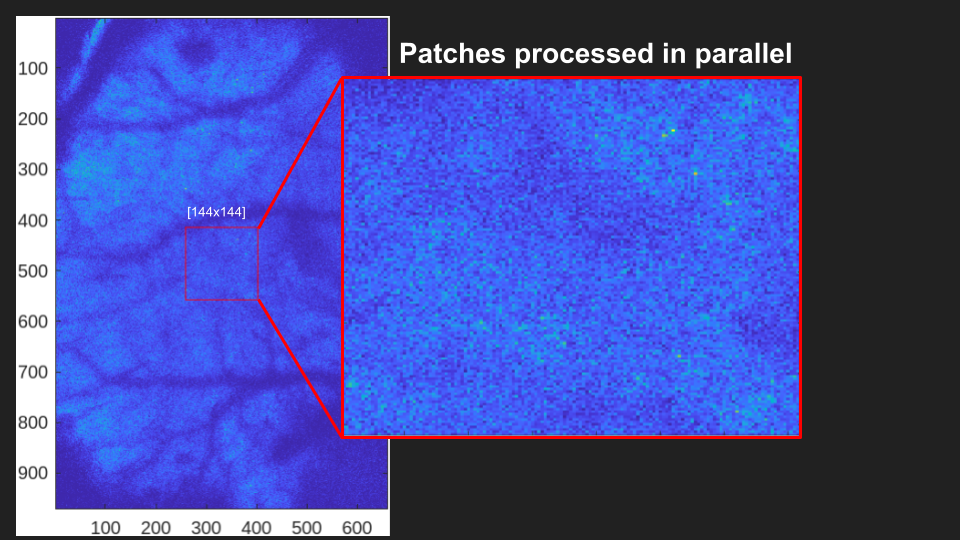1. Explained: Registration#
Note
The terms motion-correction and registration are often used interchangably. Similary, non-rigid and peicewise-rigid are often used interchangably. Here, peicewise-rigid registration is the method to correct for non-rigid motion.
1.1. Types of Registration#
Image registration can often improve the quality of cellular traces obtained during the later segmentation step.
The motion artifacts present in a 3D timeseries come in two flavors, rigid and non-rigid.
1.1.1. Rigid#
Rigid motion : The object is moved with its shape and size preserved.
simple
applies to each pixel equally
The entire 2D image is shifted by a number of pixels in the x direction and y direction.
With timeseries that exibit little sub-cellular movement over the course of a timeseries, non-rigid registration is often overkill as rigid-registration will do a good enough job.
Correcting for non-rigid motion occurs via giving NoRMCorre default parameters, leading to patches the same size as the image.
1.1.2. Non-rigid#
Non-Rigid motion : The object is moved and transforms shape or size.
complex
region A requires more shift than region B
Correcting for non-rigid motion requires dividing the field-of-view into patches, and performing rigid motion correction on each patch.
Non-rigid registration requires performing rigid registration on small subsections of our image.
